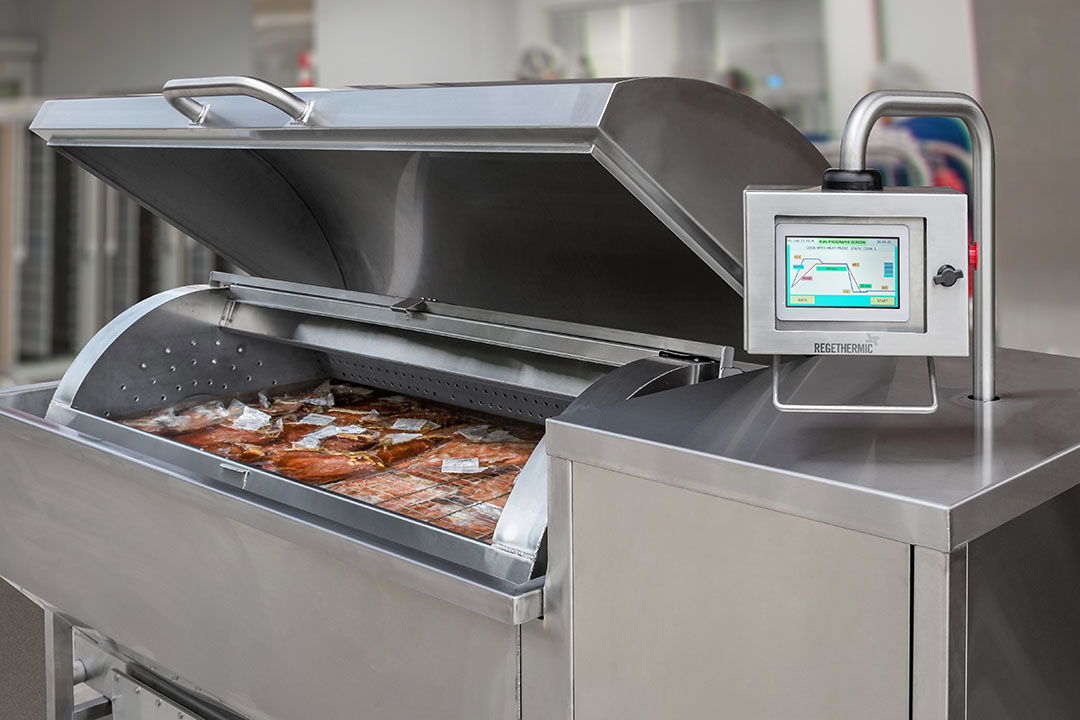In our current health crisis, the public is more aware than ever of safety concerns relating to their health. This includes wariness over micro-biological contamination via services they will encounter or food they will consume. While we welcome the added education of our consumer, it also creates a mandate for manufacturers and service providers to adhere to safe food processing procedures. This creates confidence and competence within the workforce which can then be passed onto the consumer.
This month, a focus on sous vide, will practically demonstrate how to kill harmful organisms such as bacteria, through low-temperature pasteurisation.
- Pasteurisation differs from Sterilisation.
Sterilisation is where food is heat treated to reduce both the vegetative microorganisms and spores. Pasteurisation is where food is heat treated to reduce the number of vegetative pathogens to a safe level. - Pasteurised foods require immediate action.
Foods must either be eaten immediately or rapidly chilled and refrigerated to prevent the outgrowth and multiplication of spores. - Pasteurisation is a combination of both temperature and time.
- Pasteurisation kills bacteria, dependent on variables present.
The rate at which the bacteria die depends on many factors including: temperature, meat species, muscle type, fat content, acidity, salt content, certain spices, and water content. - Vegetative pathogens can be decreased.
The addition of acids, salts or spices can act to decrease the number of vegetative pathogens – this is why mayonnaise (with a pH less than 4.1) does not need to be cooked. - Sous vide processing extends shelf life.
The food industry can extend the shelf-life of food products by using pasteurised sous vide pouches, held at specific temperatures. Eg. Food pasteurised in pouches at below 3.3°C. remain safe and palatable for three to four weeks (Armstrong and McIlveen, 200; Betts and Gaze, 1195; Church, 1198; Creed, 1195; Gonzales – Fandos et al., 2004, 2005; Hansen et al., 1995; Mossel and Struijk, 1194; Nyati, 200a; Peck, 1197; Peck and Stringer, 2005; Rybka-Rodgers 2001; Simpson et al. , 1994; Vaudagna et al., 2002).
In summary, sous-vide remains an internationally recognised method to pasteurise foods at low temperatures, to effectively kill harmful bacteria. Regethermic remains dedicated to partnering with you to assess your immediate food and manufacturing goals and provide consultation to deliver equipment and processes that support safe food processing practices. Our equipment is specifically designed with you in mind, responding to the needs of large scale production which demands an efficacy and adherence to international HACCP standards. If you are looking to increase your yield of food production, our Cook-Tank Tumble Chiller, affords sous-vide capacity that guarantees safe food production and is accompanied by our consultation, training and service support to see your kitchen needs executed with confidence. Be in touch via www.regethermic.com.au to talk further about how we can best support your manufacturing needs at this time where public confidence and professional capacity is key to business success.

